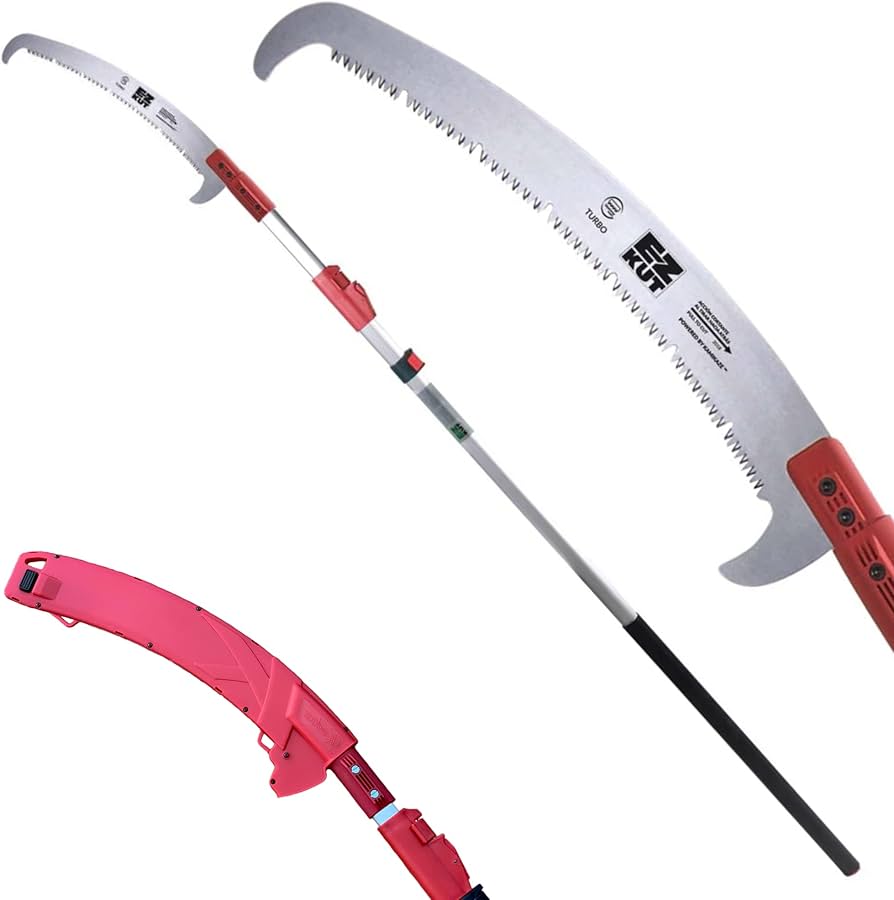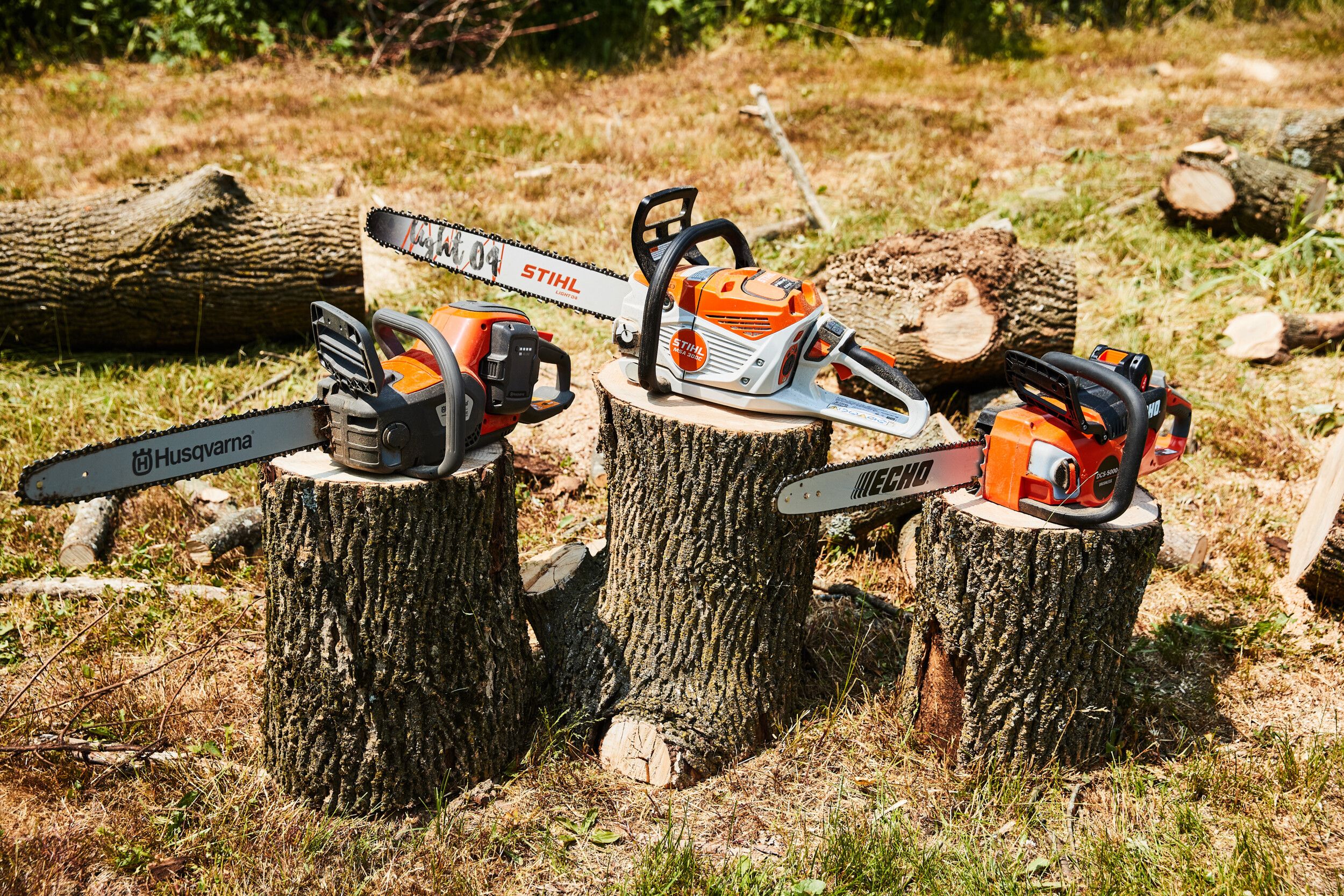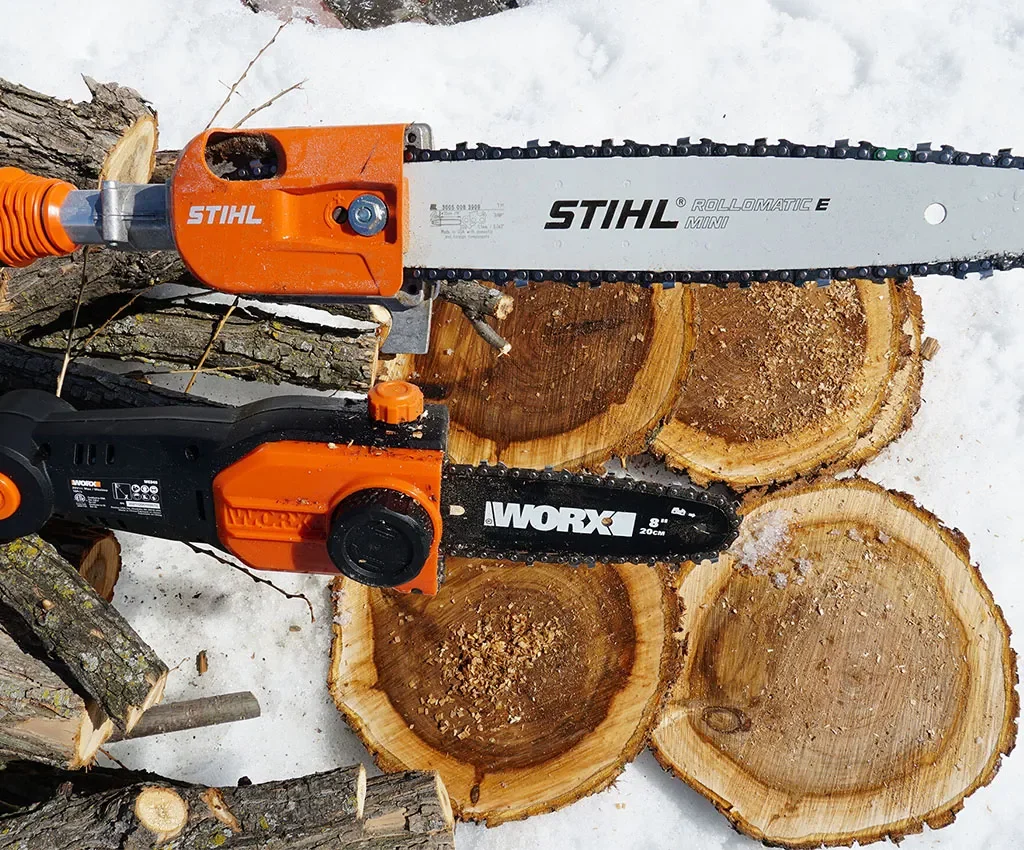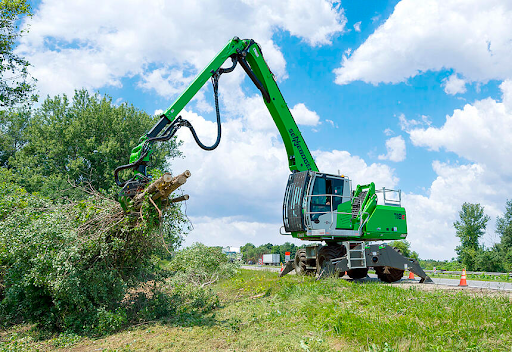Best rated pole saws
Introduction
Pole saws are the superheroes of the garden world. If you’ve ever tried to trim high branches or prune those hard-to-reach spots, you’ll know the struggle. A pole saw can be a game-changer for maintaining your trees and shrubs.
What is a Pole Saw?
Think of a pole saw as a chainsaw on a stick. It’s a tool designed to cut branches that are out of reach without requiring a ladder. Pole saws allow you to extend your cutting power into the heights, all while staying safely on the ground.
Why You Need a Pole Saw
Whether you’re an avid gardener or just want to tidy up your yard, a pole saw can save you tons of time and effort. It’s perfect for trimming overgrown branches, cutting down dead limbs, and even shaping your trees. Plus, they reduce the need for climbing ladders, making the job much safer.

Types of Pole Saws
Before diving into the best-rated models, let’s understand the types available so you can pick the one that suits your needs.
Electric Pole Saws
Electric pole saws are great for those who prefer convenience. They’re easy to start, lightweight, and don’t require much maintenance. Just plug them in and you’re good to go.
Gas-Powered Pole Saws
If power is what you need, gas-powered pole saws are the way to go. These are ideal for heavy-duty tasks and thicker branches but tend to be heavier and noisier.
Manual Pole Saws
Manual pole saws rely solely on your own strength. These are lightweight and more affordable, but they’re better suited for small, quick jobs rather than extensive pruning.
Cordless Pole Saws
Cordless pole saws offer the best of both worlds – mobility and ease of use. They’re battery-powered, so you don’t have to worry about a cord, but you need to keep an eye on battery life.
Key Features to Consider
When buying a pole saw, keep these key factors in mind:
Reach and Extension
The whole point of a pole saw is to reach high branches, so make sure the saw extends far enough to meet your needs. Some models can reach up to 15 feet!
Blade Size and Material
The size of the blade determines the size of the branches you can cut. Typically, a blade between 8 to 12 inches is ideal for most household tasks. Also, make sure it’s made of durable materials like steel.
Power Source
Do you prefer electric, gas, or battery-operated? Each has its pros and cons depending on the type of job you’re doing.
Weight and Balance
Pole saws can get heavy, especially when fully extended. Look for a model that feels balanced and is easy to maneuver for longer periods.
Safety Features
Safety is paramount. Look for models with anti-slip handles, safety switches, and low-kickback chains.
Top Rated Pole Saws of 2024
Here are some of the best-rated pole saws that combine efficiency, ease of use, and value for money.
Green works 40V 8-Inch Cordless Pole Saw
This cordless model is perfect for medium-sized tasks. It has an 8-inch blade and a 40V battery, offering impressive power and ease of mobility.
Sun Joe SWJ802E Electric Pole Saw
A budget-friendly option with a telescoping pole that can extend up to 15 feet. The 6.5-amp motor is powerful enough for most small jobs around the yard.
MAXTRA Gas Pole Saw
A gas-powered pole saw built for heavy-duty tasks. With a powerful engine and extendable reach, it’s perfect for large yards with thick branches.
Fiskars Extendable Tree Pruner
A manual pole saw with a twist, this model features a 12-foot extendable pole and a pruner that’s perfect for precision cutting.
DEWALT 20V MAX XR Pole Saw
One of the top-rated cordless options, DEWALT’s pole saw offers a 15-foot reach, a durable design, and great battery life.

Pros and Cons of Different Pole Saws
Electric Pole Saws: Pros and Cons
Pros: Lightweight, low maintenance, quiet.
Cons: Limited by cord length.
Gas-Powered Pole Saws: Pros and Cons Powerful, great for thick branches.
Cons: Heavy, noisy, requires fuel and maintenance.
Manual Pole Saws: Pros and Cons
Pros: Lightweight, affordable, no fuel needed.
Cons: Labor-intensive, not ideal for large jobs.
Cordless Pole Saws: Pros and Cons
Pros: Mobile, no cords, easy to use.
Cons: Limited battery life, less powerful than gas models.
How to Choose the Right Pole Saw for You
Assess Your Needs
Are you trimming small branches or tackling heavy-duty jobs? Determine the type and size of the tasks you’ll handle to guide your choice.
Conclusion
Choosing the best pole saw boils down to your specific needs—whether you’re looking for something lightweight and easy to use, or a powerful tool for heavy-duty tasks. Electric and cordless models are perfect for regular yard maintenance, while gas-powered options are better suited for larger jobs with thicker branches. Whichever type you choose, ensure you consider factors like reach, weight, and safety features before making your final decision.

